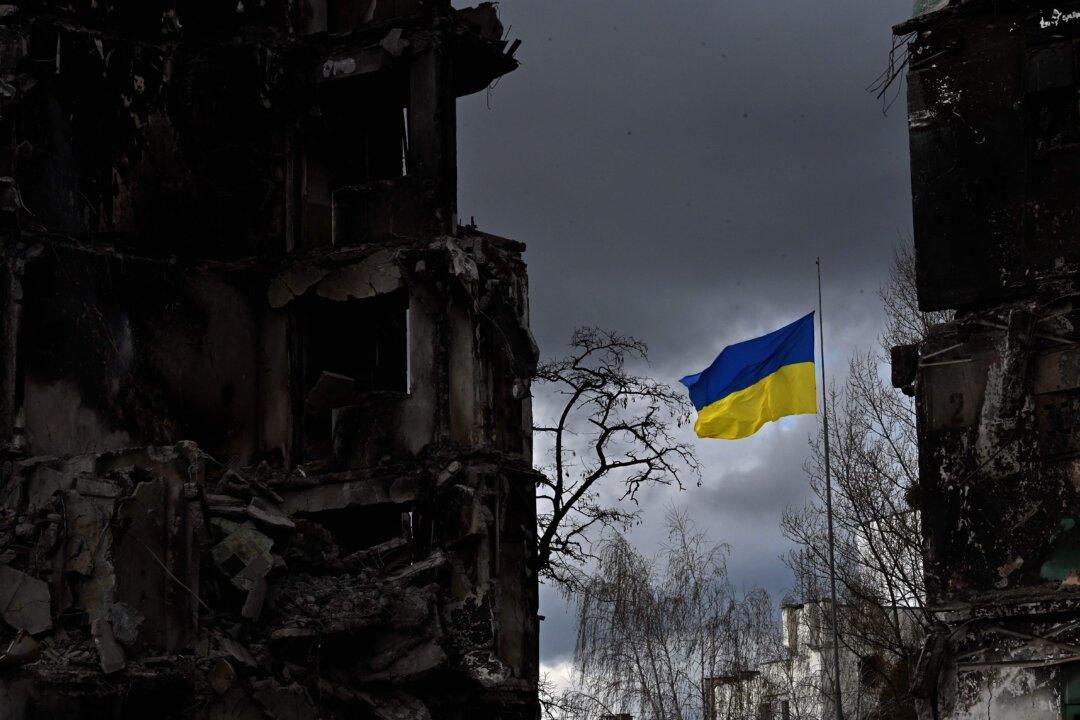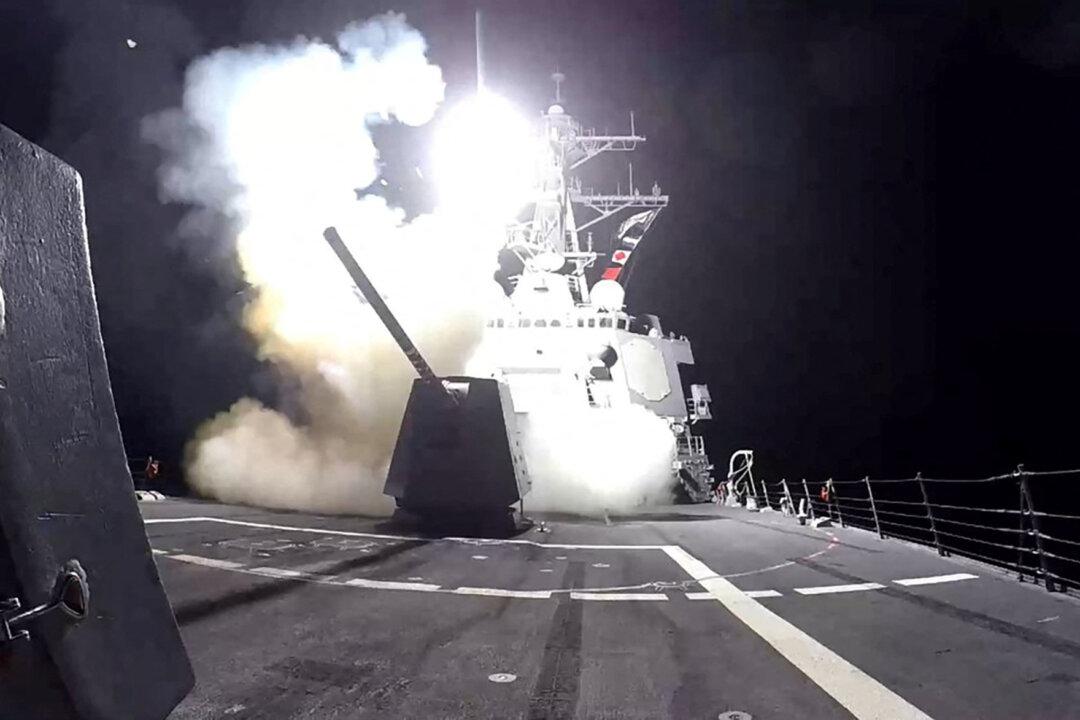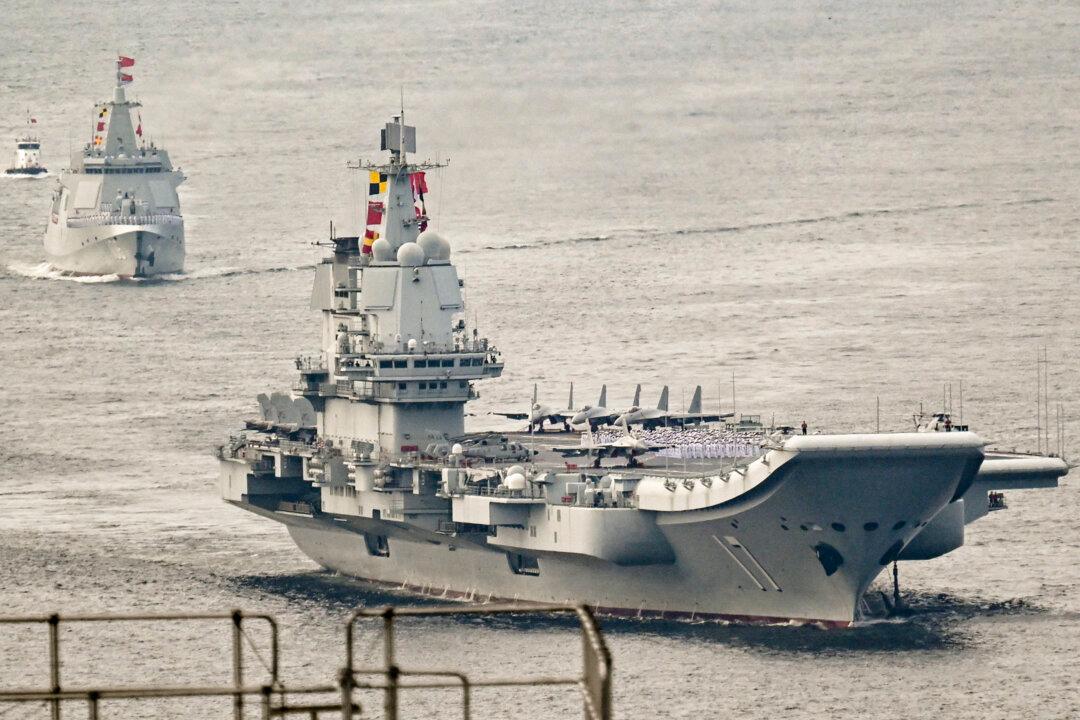The Biden administration is sending depleted uranium ammunition for tanks to Ukraine as part of its most recent efforts to fortify the embattled nation against Russian aggression.
The administration will send $175 million worth of military equipment to Ukraine, the Department of Defense announced on Sept. 6. The package is the 46th of its kind since the war in Ukraine began in February 2022.




